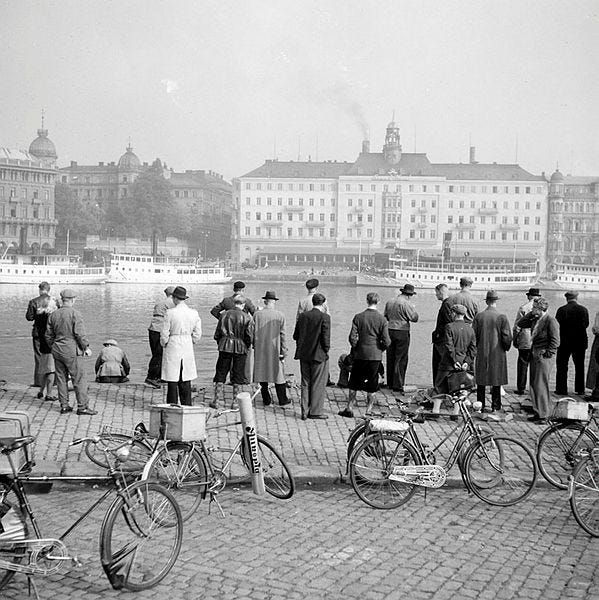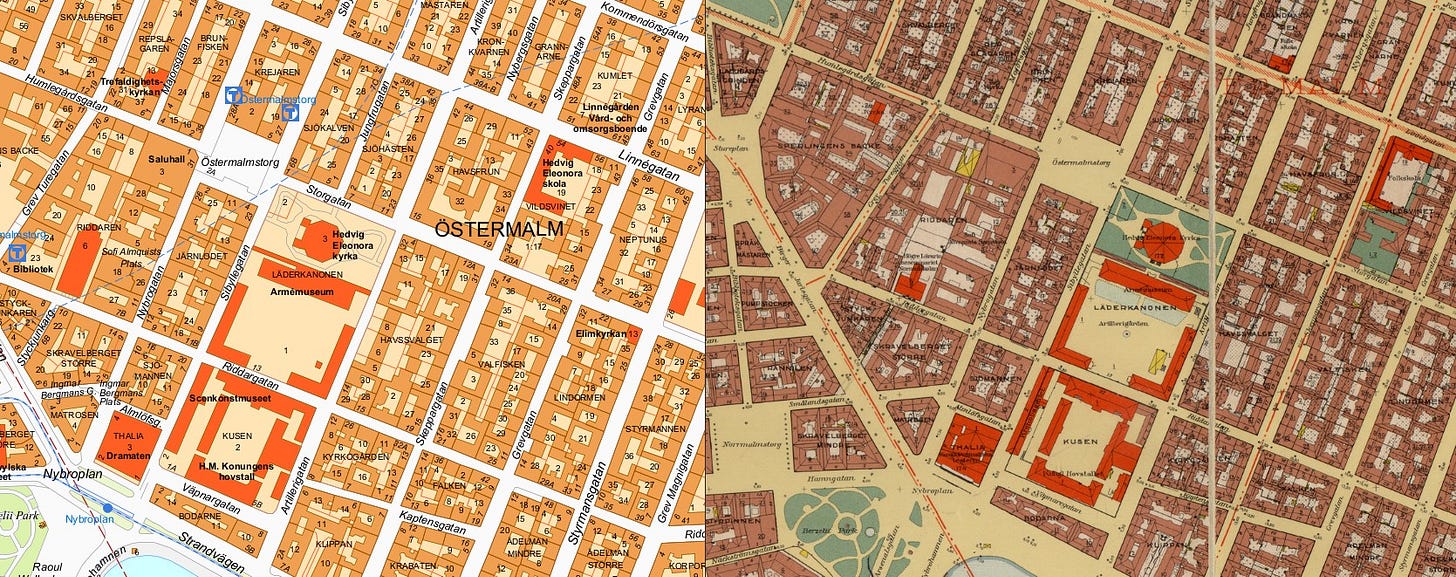My querying journey: making peace with rejections
I’ve not spoken much on here about my querying journey over the past two years, and mostly that’s been because I have not managed to secure either an agent or interest from any of the publishing companies that you can approach directly.
But this isn’t for lack of trying.
I first pitched the novel that is now The Third Letter to one commissioning editor and one agent at the Stockholm Writers’ Festival in 2023, more as a test to see if the story was interesting to them. During those ten-minute pitches, the editor (from Bookouture) said she was keen to read the entire novel, while the agent said it wasn’t something for her but gave me the name of another agent at her agency to try.
After I sent the whole novel to the Bookouture commissioning editor, and while I waited for her response, I sent out queries1 to a number of other agents, and then crossed my fingers.
Ultimately, the story wasn’t quite right for the publishing company and I didn’t have any success with agents either.
Stats in 2023
Agents pitched: 25
Rejections received: 11 (plus 1 from the publishing company)
No responses: 13
So, back to the drawing board I went in early 2024, armed with the feedback I’d received from the editor at Bookouture.
I then reworked the whole first 25% of the book, cutting entire scenes, bolstering the storyline, and getting into the story quicker. I killed so many darlings as I slashed away at the novel like a serial sentence murderer. From 98,000 words, I hacked it down to 91,0002.
By the beginning of November 2024, I had a far tighter, brighter, and – I hoped – more appealing story.
It was time to head back into the querying trenches.
Stats in 2024/25
Agents pitched: 28
Rejections received: 6
No responses: 17
Full manuscript requests: 2
Subsequent rejections: 2
I queried a few more agents this time around, and received two requests to read the full manuscript. Wonderful! Unfortunately, however, both resulted in kind rejections with similar feedback: “I liked it but I didn’t love it enough.”.
It has felt like a massive step forwards to have received those two full manuscript requests – a sign that the changes I made have had a positive impact. However, there is still something lacking in the story that needs to be fixed.
For now, I feel too close to it to be able to take the entire novel apart and then reverse engineer it to create a more compelling story. That is what it needs, but the time for that is not now.
I have temporarily tucked The Third Letter away in a metaphorical drawer. I will return to it when I can get a better bird’s eye view of the story. That will happen one fine day. However, that day is not today.
And if it proves to be too fragile for such an extreme makeover, then it has still taught me how to write a novel, how to structure, how to create characters, and how to bring a story to life. And for that, I will always be grateful.
What I’ve been up to recently
But… onward and upward!
I said last time that I’d already written about 7,500 words on the new story (currently called Codename Charlotta) and I’ve been tip-tip-tapping away at it and – tah dah! – I now have 18,000 words down on the page.
For comparison, I was working on Beneath the Widening Sky for about eight or nine months and had 20,000 or so written.
18,000 words in just… [checks notes] two months.
“Men fan!” As my Codename Charlotta heroine might exclaim. (And I’ll leave you to find out what that’s Swedish for 😉)
Something about this idea, this story is propelling me forwards. Part of it is, I think, the setting. I had been toying with the idea of setting the end part of Beneath the Widening Sky in Stockholm after the war, since the love interest character was a Swede in Britain during the war. But it would have meant a lot of last-minute world-building to situate the reader in the city, just at the point when the story should have been ramping up to its most tense and dramatic.
But setting the majority of Codename Charlotta in Stockholm feels like it gives me much more to play with, not least the time to create a picture of 1943 Stockholm in the reader’s imagination.
One incredible thing about the city is that in parts, you can still see the history from the last century seeping from the buildings and streets. Some areas of the city are largely unchanged, except for a few buildings here and there, and even where larger-scale developments have been made, especially in the 1960s, the street plans are not that dissimilar.
The medieval Old Town (Gamla Stan) is almost completely untouched, but even the residential district of Östermalm, where much of my story is set, is unchanged in the past eighty years, as these side-by-side maps show.
If you want to know more about the two sentences that inspired me to write this story, I made a video about that on Instagram.
And now, if you’ll excuse me, I have a book to write ;)
On the bedside table
The Road to Wigan Pier – George Orwell: About a year ago, I bought the complete works of George Orwell as an audiobook and I am dipping in and out of it from time to time. But I am “enjoying” this one more than Down and Out in Paris and London, which I struggled with (especially the half set in Paris, which made me never want to eat in a restaurant again). This one is fascinating (although George is somewhat strangely obsessed with the bodies of the miners he meets) and – given how the world is looking right now – feels depressingly timely too, having been written at the height of the Depression in the early 1930s. History doesn’t repeat, but it often rhymes.
The Spy Who Loved – Claire Mulley: The story of Krystyna Skarbek, or Christine Granville, a Polish woman who proved to be one of the most daring and successful spies of the Second World War, but whose life ended tragically in 1952 when she was murdered by an obsessed stalker. During the war, she managed to secure the release of two captured SOE agents from German custody through her incredible powers of persuasion.
This time around, my reading list is slightly truncated for reasons that I hope to be able to tell you about shortly. Watch this space…
As usual, though, you can check out what is on my TBR or pick up copies of my recent reads at Bookshop UK (affiliate link) if any have piqued your interest.
If you’ve enjoyed reading this, why not tap the heart up there at the top or down at the end of this email ❤️
Until the next time,
If you like this newsletter, you can buy me a virtual coffee - coffee always keeps me going ☕
In general, a query to an agent consists of a cover letter in which (for UK agents) you include a one-paragraph pitch of your story, details about comparable titles (what your book is like and which other titles it would sit alongside on the shelves in a book shop), and some information about yourself and your writing life. Along with this letter, you include a synopsis of the entire novel (including the ending and any spoilers), typically on one page, and then the opening of your novel (length depends on what the agent wants and can be anything from fives pages to fifty).
Typical novel length is 80,000-100,000 for historical fiction.









Querying is such a rollercoaster and it sounds like you’re putting everything you’ve learnt into your next novel - good luck with the writing!
Keep writing and it will happen!! You need a little luck and a lot of persistence! 😘